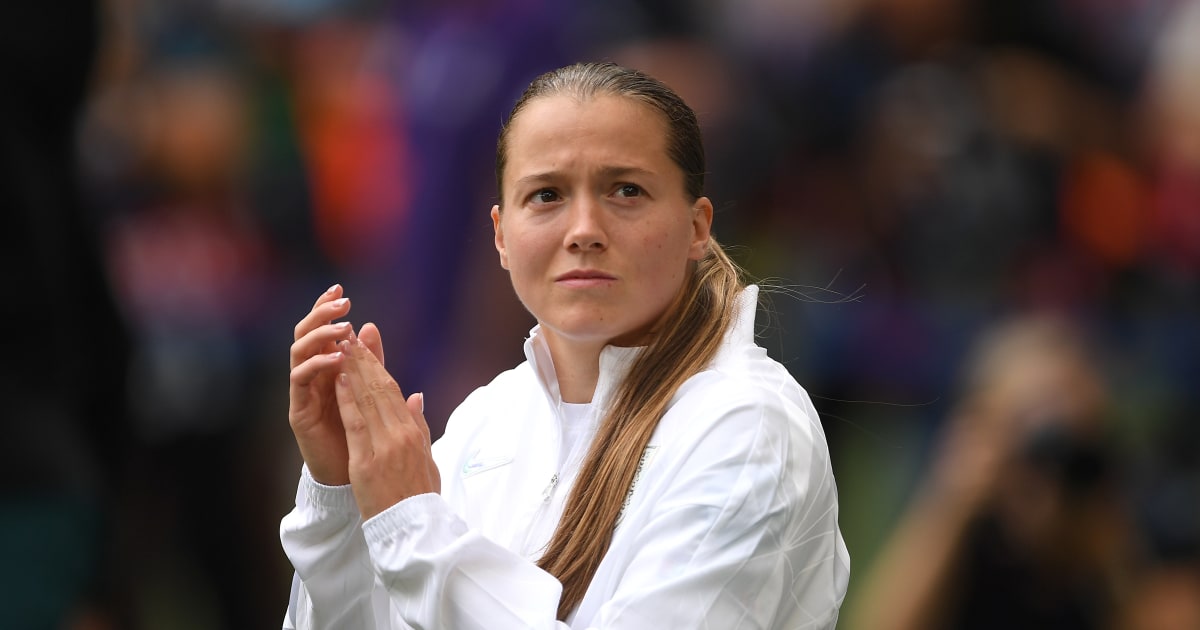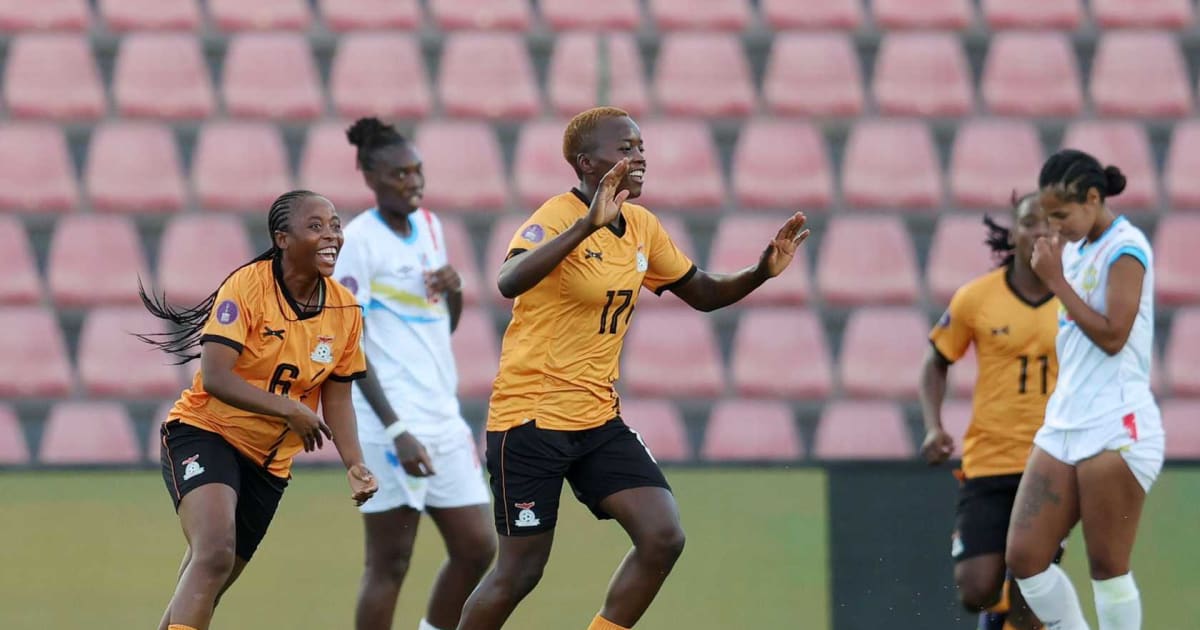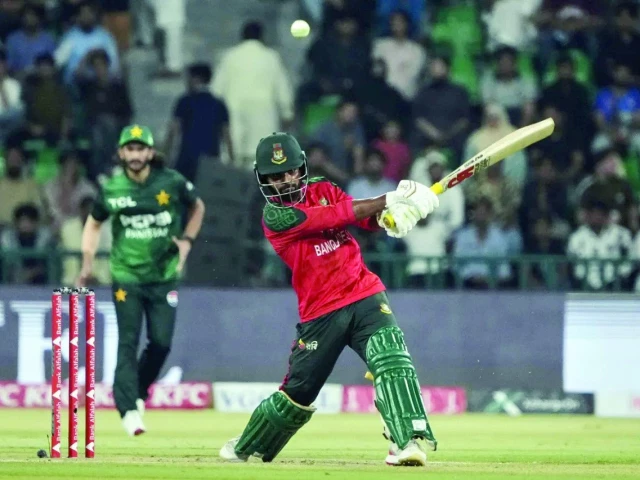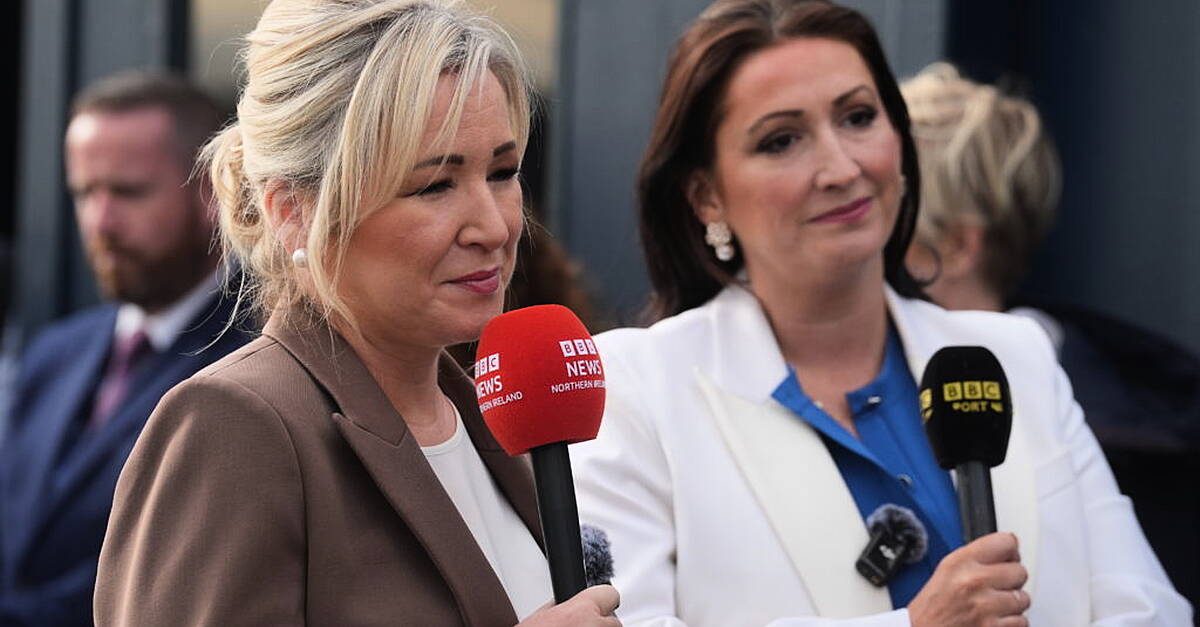The new midfield stars leaving the Brownlow bulls behind
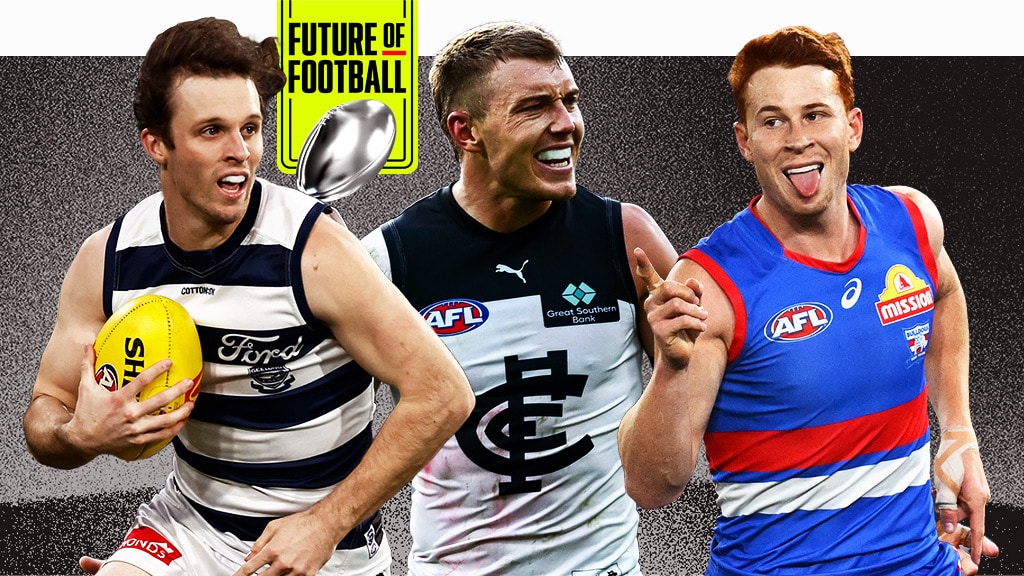
In less than five years, there's been a noticeable shift in the type of midfielders who are having the biggest impact on the game, writes Nathan SchmookMax Holmes, Patrick Cripps and Ed Richards. Pictures: AFL PhotosWHEN Port Adelaide midfielder Ollie Wines won the Brownlow Medal in 2021, 75 per cent of games were won by the team that won the contested possession count.The best midfielders in the game were the 'bulls', with Clayton Oliver, Jack Steele, Tom Mitchell, Christian Petracca and Jarryd Lyons all joining Wines in the top 10 of the Brownlow Medal, and only Oliver winning more contested possessions that year than Port's stoppage specialist.But there has since been a steady shift away from contested ball determining the outcome of games, with a record low 60 per cent of matches being won in 2025 by the team that owns the hard ball.The change in game style has resulted in transition midfielders becoming the AFL's most influential players as Geelong pair Bailey Smith and Max Holmes, Western Bulldogs jet Ed Richards, Greater Western Sydney flyer Finn Callaghan, Collingwood superstar Nick Daicos and Gold Coast captain Noah Anderson decide games.In the space of just four years, the changing face of the ideal midfielder and the shift in what coaches value is laid out in the AFLCA Champion Player votes; through 18 rounds this season, the bulls who dominated 2021 to have played regularly this season (Wines, Oliver, Steele and Petracca) have averaged 14 votes each, while the six transition stars listed above have picked up 62 votes each on average.Max Holmes and Bailey Smith celebrate Geelong's win over Adelaide in Gather Round, 2025. Picture: AFL PhotosIt is a shift dual premiership winner Peter Bell, himself a two-time All-Australian midfielder, has noticed with interest, both as Fremantle's head of football and again in his current role in charge performance pathways and development with WA Football.It has happened steadily since the 'stand' rule was introduced in 2021 and is now filtering down to the types of midfielders coming through the talent pathways."It goes in cycles, and right now the prototype is that speed, endurance, transition midfielder who has power and can repeat that power a number of times per midfield stint," Bell tells AFL.com.au."They can also transition really well and help out in defence before bursting forward in offence. Being highly skilled has never changed, but that's where the real value is now."If you're a big stoppage team, then obviously you want some players that are really good with their stoppage craft."But most clubs are going towards a turnover game, so having athletes that can really assist you in that part of the game seems to be where the priorities lie."Win Contested Possessions, Win the Match 2025 60% 2024 64% 2023 68% 2022 71% 2021 75% 2020 67% 2019 73% 2018 68% 2017 71% 2016 70%With most clubs putting less emphasis on the clearance and contested elements of the game, inside bulls like Carlton star Patrick Cripps and those who dominated the Brownlow count back in 2021 are having fewer opportunities to make the impact they once did.It doesn't mean the best ones are any less valuable, according to Bell, but they do need the right players around them for the midfield to function in transition.Western Bulldogs champion Marcus Bontempelli, who was runner-up to Wines in the 2021 Brownlow Medal and remains arguably the game's best player, has been unaffected by the shifts given his versatility.Dual Brownlow medallist Lachie Neale, meanwhile, has remained influential as an inside ball-winner but is enjoying more freedom as opposition teams now try to minimise Hugh McCluggage's transition damage."You still need to have a mix of both," Bell says."Patrick Cripps is a great player and he would fit into any midfield and be a really valuable player."But it's about what other pieces you can put around a clearance machine like Patty."Top 20 Rated Players in 2025(Midfielders with strong outside game in bold)Player Rank Ed Richards 1 Nasiah Wanganeen-Milera 2 Luke Jackson 3 Bailey Dale 4 Riley Thilthorpe 5 Touk Miller 6 Lachie Ash 7 Nick Blakey 8 Jack Sinclair 9 Tristan Xerri 10 Andrew Brayshaw 11 Jack Crisp 12 Noah Anderson 13 Zak Butters 14 Caleb Serong 15 Tom Liberatore 16 Brodie Grundy 17 Max Holmes 18 Jamie Elliott 19 Shaun Mannagh 20Coaches identify four different types of midfielders – the inside bull like Cripps, the transition midfielder like Smith or Holmes, the power midfielder/forward like Bailey Humphrey, and the defensive/structure midfielder, who will often protect the corridor and ensure the right balance is maintained. This is a role Scott Pendlebury appears to be playing in his 20th AFL season.The art for stoppage coaches is to make sure their team has the right balance at all times and can compete at stoppages without losing running power when the game is in motion."You need a combination of guys, but if you're going to err on one side, I would err on the side of having more of the transition guys now," one leading midfield coach tells AFL.com.au."Against teams that like to score, you can't play as many slow, dour midfielders because you might need to kick over 100 points to win a final against the best teams this year."It can be harder to score with those guys if they don't turn up to as many contests, so there is a higher value now on the transition midfielders who can run and carry the ball off turnovers."Finn Callaghan during Greater Western Sydney's match against West Coast in R17, 2025. Picture: Getty Images/AFL PhotosCallaghan's performance against West Coast in round 17 was a perfect example of a transition midfielder in full flight, with the 22-year-old lauded by coach Adam Kingsley for his ability to push deep into defence and then burst forward to win a career-best 37 disposals to go with 854m gained.The 192cm midfielder, who has plenty of inside strengths as well, covered 14.8km at Optus Stadium, powering away from opponents deep into the game with his mix of endurance and high speed.It was a performance that was every bit the model for a midfield star in 2025."It's taken him a little while to learn how to do it, but it feels like he's well and truly playing that particular role extremely well," Kingsley said of the No.3 pick from the 2021 Draft."His running power was really evident. He has that burst of speed that he can break tackles, but he can also get away from contest."He's just got that high cruising speed that even when he's not trying to sprint, he's still running fast. He's a good athlete, that's for sure."Nick Daicos handballs during Collingwood's clash against Carlton in round 17, 2025. Picture: AFL PhotosGWS midfield coach Ben Hart highlighted the roles that Xavier O'Halloran, Josh Kelly and youngster Harry Rowston have also played as transition midfielders, with the club building that side of Toby Bedford's game as well, given his physical attributes.Fellow Giant Tom Green is the best contested ball-winner in the game (15.3 a game) and ranks No.3 for clearances (7.9), behind Caleb Serong and Matt Rowell (both 8.1), but all three have developed outside elements to their game as well."You need to have one of those types who can you can trust to put their head over the ball, get in the fight, and do a lot of their work before they spread," Hart says."For us, we still play to their strengths if they're that type who can win the ball in close and feed it out, but we still need them to join in transition."Their patterns, depending on which team you are, might not have to go as far as other mids to the expanses of the ground."But they may still be asked to cover ground through the middle of the ground a little bit more, so they can rock up to contest more. I think there's a place for that."Tom Green in action during GWS' win over Melbourne in round one, 2025. Picture: AFL PhotosThe trend towards highly skilled transition midfielders having the biggest impact at AFL level has an obvious flow-on effect to the Draft, as talent programs take advice from clubs on what attributes they need in their players.Speed is what clubs are after, especially an ability to use that speed repeatedly from contest to contest. Geelong champion Patrick Dangerfield recently explained the type of running that is required to be an elite midfielder in 2025, using Holmes as an example."He doesn't test that well, certainly not in the endurance stuff. But if you give him a five-second break then he can run 200s all day, and that's the game," Dangerfield told SEN."The game isn't a 15-minute run where you don't stop. It is an effort, a stoppage and then you go again and repeat. Max's ability to do that is as good as I've seen in the competition."While recruiters highlight the growing importance of speed when assessing this year's draftees, Bell said that did not mean midfield prospects with other strengths had a line put through them, as long as they were "absolutely elite" in another area of the game.Max Holmes runs away from Matt Rowell during Geelong's match against Gold Coast in R13, 2025. Picture: AFL Photos"That might be stoppage craft, that might be skill, that might be having an unbelievable contest game," Bell says."I'm sure if you went back and looked at Tom Green (in his draft year), he was probably not the quickest player and there might have even been some question marks around his ability to spread from contest. But he was unbelievably clean at stoppage, really good with his hands, and really good at exploring space, so he would get big ticks for all of that, and that's why he's become such a good player."There have been other years in the AFL when the value of contested ball has dropped right off, with 2009 and 2003 other examples of seasons when fewer games than normal were won by the team that won the hard ball (63 per cent in each).Bell said the cyclical nature of the game means it is possible stoppages and the contested parts of the game would return to prominence, and the bulls would roam again in larger numbers.Sometimes it only takes one coach – or one gifted player – to change the strategic direction of the game.Hart agreed the trend would likely turn again given enough time, but said transition midfielders could continue their reign for a little while yet.Ed Richards in action during the Western Bulldogs' clash against Fremantle in round four, 2025. Picture: AFL Photos"The game goes around in circles over generations and years, and it was pretty important a few years back to have guys who could always win the footy and kick the ball forward," he says."Now I think there's a lot more system involved in game plans, so a team's ability to be able to run a system is pretty important."It depends on how the evolution of the game goes. If it becomes more of a stoppage and contest game, you might see the return of a lot of bulls."But if it continues the way it's gone the last few years, you might see slighter players who have the ability to run and then explode out of stoppage or turnover become even more important."We'll see which way it goes."

